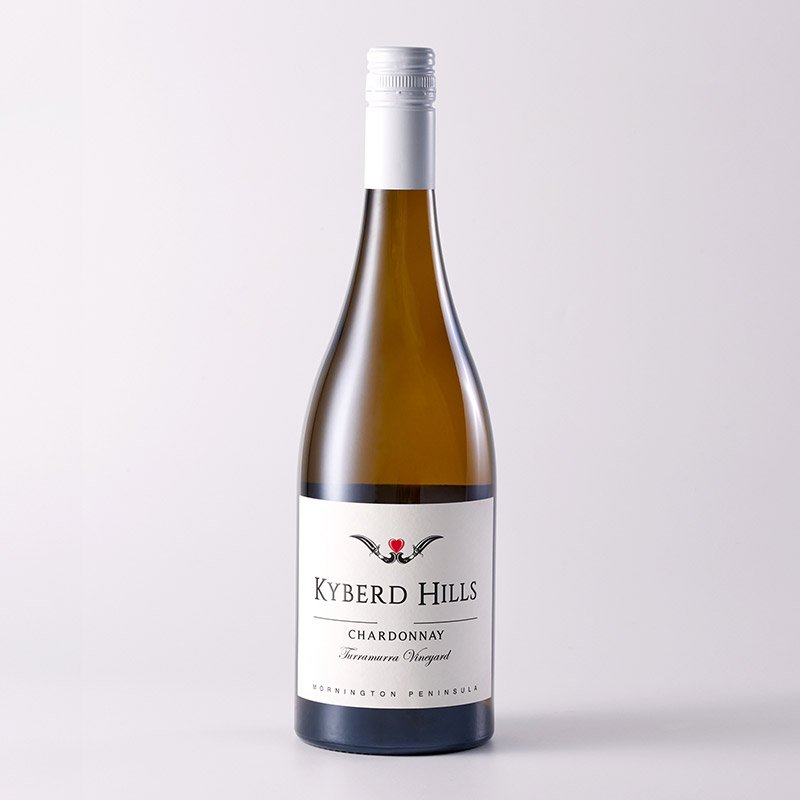Kyberd Hills 2019 Turramurra Vineyard Chardonnay
A particularly fragrant vintage, with the full range of citrus flavours. It has fabulous drive and flow with it’s high natural acidity, alongside an enhanced creamy texture.
This wine will age remarkably well, living and improving for at least 10-15 years. If you can wait that long! A fantastic food match for roast chicken and lighter cheeses.
Technical Information
Grapes: Chardonnay
Origin of grapes: Mornington Peninsula
Winemaking: Hand-picked, gently whole bunch pressed with only minimal sulphur dioxide added and allowed to settle overnight. Slightly cloudy juice was racked the next day into barrels and inoculated with D47 yeast and allowed to ferment slowly at cool temperatures. It was then matured for 9 months until December, when it lightly fined with skim milk and PVPP, protein stabilised, sterile filtered and bottled in the summer of 2020.
Oak Maturation: 9 months in French oak; 15% new.
Analysis:
pH: 3.41
TA: 7.2
Alc 13.4%
RS: 0.42g/L
Appearance: Pale straw with early signs of gold.
Nose/Aroma: Lemon, lemon curd and nectarine.
Palate: A particularly fragrant vintage, with the full range of citrus flavours that you generally see from the Main Ridge subregion. It also has fabulous drive and flow with its high natural acidity. The indigenous ferment has further enhanced the creaminess that we usually get from full barrel fermentation.
Turramurra is amazingly consistent year on year, featuring lighter stone fruits along with lemony drive. It always has a fabulous line, enhanced by a creamy texture. Without exception, it ages remarkably well, living and improving for at least 10-15 years. If you can wait that long!
Food match: Roast chicken, lighter cheeses.
Winemakers Comments: Our method is all about bringing out the flavours and aromas native to the vineyard. Hence just a dab of oak and a fermentation regime that supports rather than overtakes what is there inside the grape. Maturation is about oak integration, not maximisation.


